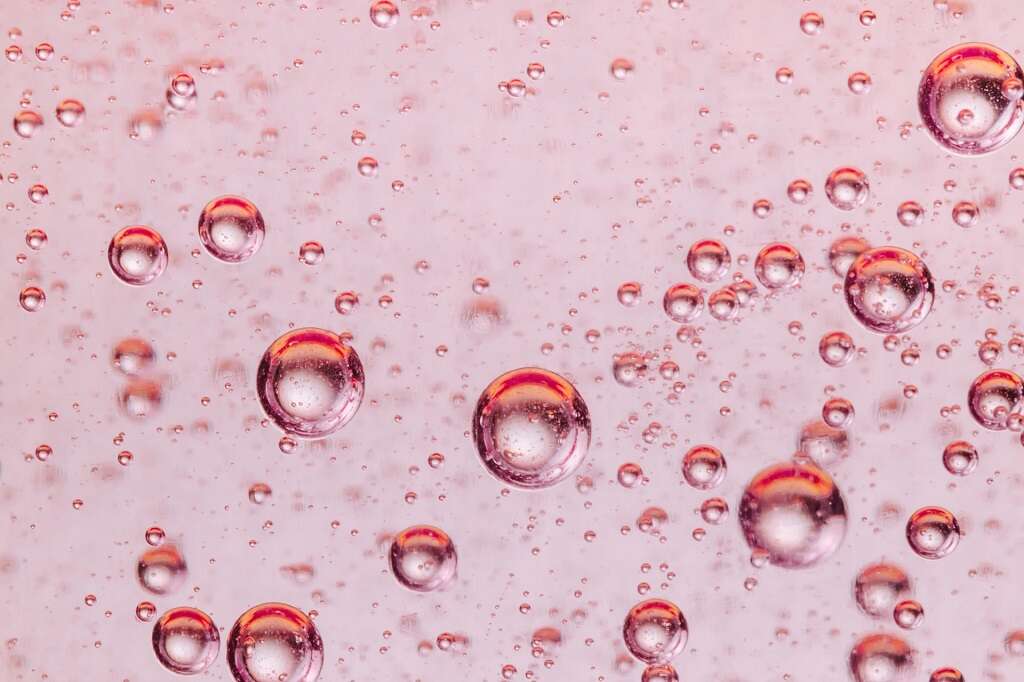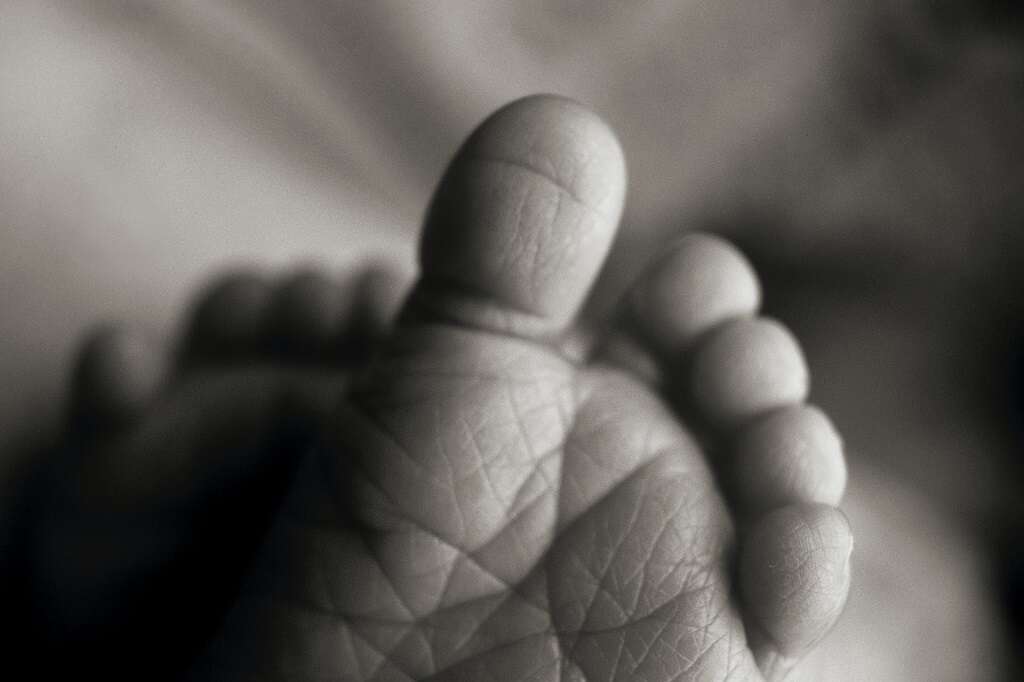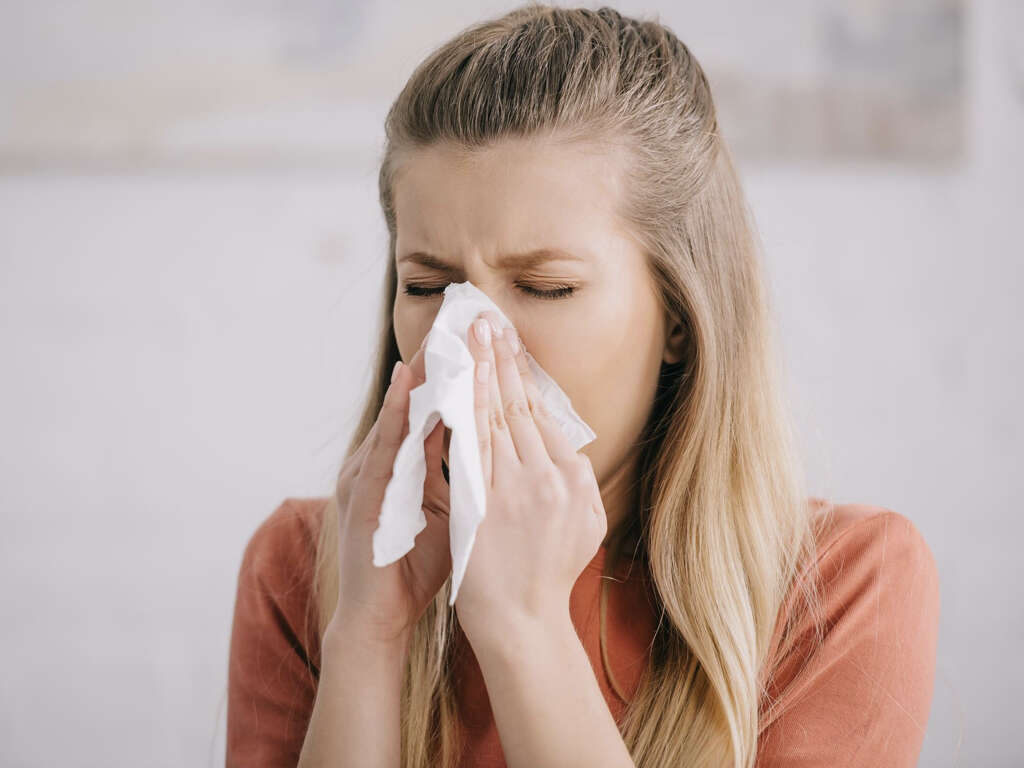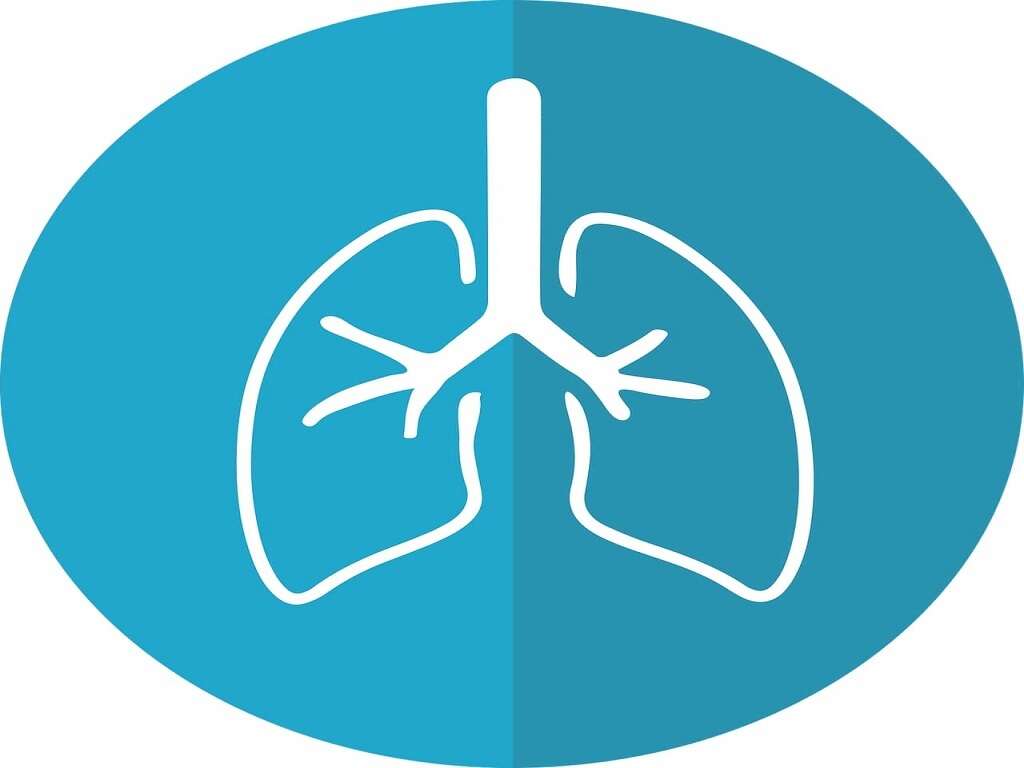10 Hypersensitivity Pneumonitis Symptoms
 Article Sources
Article Sources
- 1. 'Hypersensitivity Pneumonitis.' A Non-Profit Hospital in Los Angeles | Cedars-Sinai, 8 2020, www.cedars-sinai.org/health-library/diseases-and-conditions/h/hypersensitivity-pneumonitis.html
- 2. 'Hypersensitivity Pneumonitis.' NHLBI, NIH, www.nhlbi.nih.gov/health-topics/hypersensitivity-pneumonitis
- 3. 'Hypersensitivity Pneumonitis.' Cleveland Clinic, my.clevelandclinic.org/health/diseases/17898-hypersensitivity-pneumonitis
- 4. 'Clubbing of the Fingers or Toes.' Mount Sinai Health System, www.mountsinai.org/health-library/symptoms/clubbing-of-the-fingers-or-toes
Hypersensitivity pneumonitis is a group of rare immune disorders that affect the lungs. The farmer's lung, hot tub lung or bird fancier's lung are types of hypersensitivity pneumonitis. These occur when the lungs swell during an allergic reaction. The underlying cause of this swelling depends on the individual and what they're sensitive to. Common triggers are bird droppings, chemicals and mold.
A single flare up may go away on its own over a few days. If the person comes in contact with the allergen frequently, however, their lungs may go into a cycle of repeated swelling that can lead to scarring and permanent damage.1‘Hypersensitivity Pneumonitis.’ A Non-Profit Hospital in Los Angeles | Cedars-Sinai, 8 2020, www.cedars-sinai.org/health-library/diseases-and-conditions/h/hypersensitivity-pneumonitis.html
Flu-Like Symptoms
Within hours of the initial contact, a person may feel like they've caught the flu. Fever, chills, aches and pains are all common. If a person is exposed to large amounts of the trigger only once, hypersensitivity pneumonitis typically resolves on its own over time. A visit to the doctor may be helpful to get a confirmed diagnosis and management advice, but a single exposure is rarely life-threatening.1‘Hypersensitivity Pneumonitis.’ A Non-Profit Hospital in Los Angeles | Cedars-Sinai, 8 2020, www.cedars-sinai.org/health-library/diseases-and-conditions/h/hypersensitivity-pneumonitis.html
A larger concern is people who come into contact with the allergen regularly. A farmer who frequently handles bird droppings or a person whose home has mold can develop more serious symptoms over time.1‘Hypersensitivity Pneumonitis.’ A Non-Profit Hospital in Los Angeles | Cedars-Sinai, 8 2020, www.cedars-sinai.org/health-library/diseases-and-conditions/h/hypersensitivity-pneumonitis.html
Cough
A person whose lungs frequently swell due to contact with allergens may notice a persistent cough. Chronic hypersensitivity pneumonitis symptoms commonly include a dry cough that won't go away. Over time, this cough may become more serious as the lungs become damaged by repeated reactions.3‘Hypersensitivity Pneumonitis.’ Cleveland Clinic, my.clevelandclinic.org/health/diseases/17898-hypersensitivity-pneumonitis
In some cases, a person may cough up sputum or mucus. Pulmonary fibrosis, or scarring of the lungs, can occur over time with repeated exposure to the allergen and lead to lifelong health complications.1‘Hypersensitivity Pneumonitis.’ A Non-Profit Hospital in Los Angeles | Cedars-Sinai, 8 2020, www.cedars-sinai.org/health-library/diseases-and-conditions/h/hypersensitivity-pneumonitis.html

Chronic Bronchitis
Bronchitis is an infection of the lungs that can cause coughing, shortness of breath and chest discomfort. Commonly, the infection resolves over a few weeks and can be managed at home if it isn't too severe.
A single instance of bronchitis isn't necessarily a reason to worry. However in a person with chronic hypersensitivity pneumonitis, the swollen lungs are more vulnerable to infection. Repeated infections can be a sign of other chronic lung problems.2‘Hypersensitivity Pneumonitis.’ NHLBI, NIH, www.nhlbi.nih.gov/health-topics/hypersensitivity-pneumonitis
Weight Loss
Chronic hypersensitivity pneumonitis can affect a person's appetite. They may lack the desire to eat or even feel queasy at the sight of food. This can cause significant uncontrolled weight loss that puts further strain on the body.3‘Hypersensitivity Pneumonitis.’ Cleveland Clinic, my.clevelandclinic.org/health/diseases/17898-hypersensitivity-pneumonitis
Any unexplained changes in appetite or weight can be reason to visit a doctor. When hypersensitivity pneumonitis is discovered, a person can begin to isolate and avoid the allergen that causes the reaction.2‘Hypersensitivity Pneumonitis.’ NHLBI, NIH, www.nhlbi.nih.gov/health-topics/hypersensitivity-pneumonitis

Fatigue
Hypersensitivity pneumonitis can put strain on the body over time. Chronic illness, energy spent on repeated allergic reactions and breathing difficulties can wear a person down. The tiredness someone with chronic hypersensitivity pneumonitis feels can be extreme and may not ease with sleep or rest.2‘Hypersensitivity Pneumonitis.’ NHLBI, NIH, www.nhlbi.nih.gov/health-topics/hypersensitivity-pneumonitis
Avoiding the allergen may be the only way to manage the fatigue associated with hypersensitivity pneumonitis. This could involve using different chemicals at work, decontaminating moldy spaces or rearranging daily tasks.1‘Hypersensitivity Pneumonitis.’ A Non-Profit Hospital in Los Angeles | Cedars-Sinai, 8 2020, www.cedars-sinai.org/health-library/diseases-and-conditions/h/hypersensitivity-pneumonitis.html
Rales
The swelling in the lungs of a person with hypersensitivity pneumonitis can cause changes to the sound of their breathing. Rales, or small clicking, bubbling or rattling sounds in the lungs, can occur when a person breathes in.2‘Hypersensitivity Pneumonitis.’ NHLBI, NIH, www.nhlbi.nih.gov/health-topics/hypersensitivity-pneumonitis
This distinctive symptom can be useful for doctors who are trying to determine if someone has hypersensitivity pneumonitis. During a physical exam, a doctor may use a stethoscope to listen for these types of sounds.3‘Hypersensitivity Pneumonitis.’ Cleveland Clinic, my.clevelandclinic.org/health/diseases/17898-hypersensitivity-pneumonitis

Chest Pain
The chest pain caused by hypersensitivity pneumonitis may be more accurately described as pressure or discomfort. A person may experience a squeezing sensation, as if someone is standing on them or there's a band pulling their chest tight. It may be difficult to breathe.3‘Hypersensitivity Pneumonitis.’ Cleveland Clinic, my.clevelandclinic.org/health/diseases/17898-hypersensitivity-pneumonitis
This pain can occur with a single, acute case of hypersensitivity pneumonitis or in chronic cases. While a person may recover more easily from acute hypersensitivity pneumonitis, recovery can still take several weeks, and pain and headaches may linger.1‘Hypersensitivity Pneumonitis.’ A Non-Profit Hospital in Los Angeles | Cedars-Sinai, 8 2020, www.cedars-sinai.org/health-library/diseases-and-conditions/h/hypersensitivity-pneumonitis.html
Clubbing of Fingers and Toes
A distinctive symptom of chronic hypersensitivity pneumonitis is the possible effect on a person's fingers and toes. Over time, the lack of adequate oxygen can lead to changes underneath the nails.2‘Hypersensitivity Pneumonitis.’ NHLBI, NIH, www.nhlbi.nih.gov/health-topics/hypersensitivity-pneumonitis
Fingertips and the furthest portion of the toes may swell noticeably, creating an unusual clubbed appearance. The nails may soften and lift, and feel less connected to the nail bed. This may occur gradually and can be painless, but it's a serious sign of low oxygen levels in the blood.4‘Clubbing of the Fingers or Toes.’ Mount Sinai Health System, www.mountsinai.org/health-library/symptoms/clubbing-of-the-fingers-or-toes

Shortness of Breath
The swelling in the lungs with hypersensitivity pneumonitis can cause shortness of breath. This can occur temporarily in the case of acute hypersensitivity pneumonitis. In chronic cases, shortness of breath can persist until the condition is managed properly. A person may find they struggle to breathe after exertion or normal daily activities.3‘Hypersensitivity Pneumonitis.’ Cleveland Clinic, my.clevelandclinic.org/health/diseases/17898-hypersensitivity-pneumonitis
Shortness of breath is a reason to schedule a doctor's visit. If a person can't breathe or begins to faint or turn blue, they should go to a hospital immediately.1‘Hypersensitivity Pneumonitis.’ A Non-Profit Hospital in Los Angeles | Cedars-Sinai, 8 2020, www.cedars-sinai.org/health-library/diseases-and-conditions/h/hypersensitivity-pneumonitis.html
Fast, Shallow Breathing
In some cases, chronic hypersensitivity pneumonitis can scar the lungs, which can lead to serious disease. Earlier symptoms may get worse, and a person can begin to struggle to breathe. Fast, shallow breathing can be a sign that the body is struggling to get adequate oxygen.
Pulmonary fibrosis can be a permanent complication of unmanaged hypersensitivity pneumonitis. While there are ways to manage pulmonary fibrosis, a person should see a doctor and learn how to minimize their hypersensitivity pneumonitis triggers before it can develop.3‘Hypersensitivity Pneumonitis.’ Cleveland Clinic, my.clevelandclinic.org/health/diseases/17898-hypersensitivity-pneumonitis









